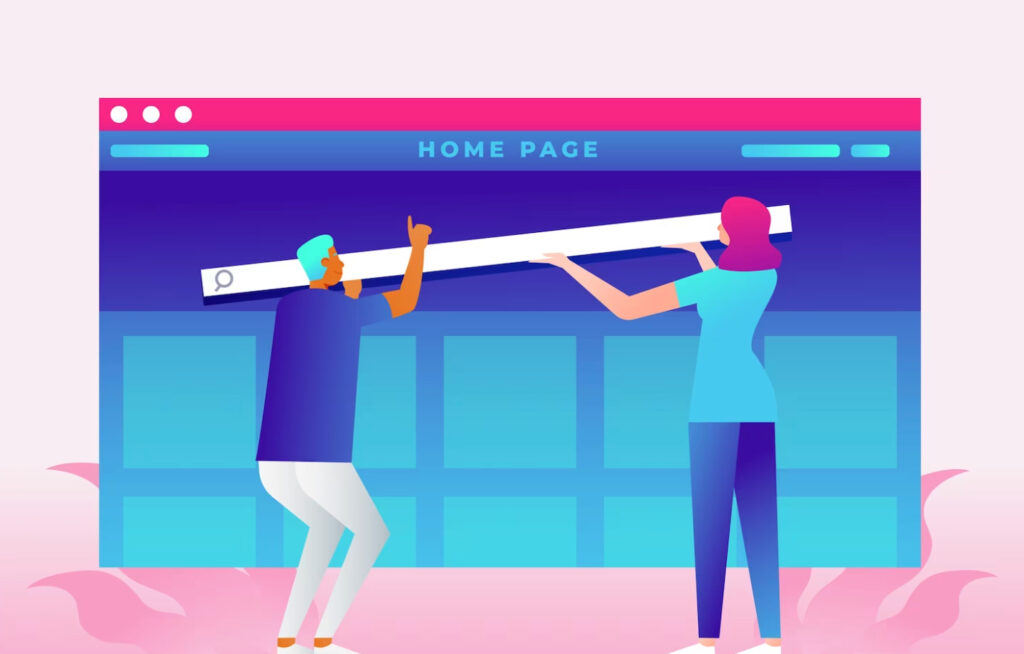In today’s digital age, crafting inclusive websites with page builders has become an imperative for businesses and individuals alike. In this blog post, we’ll delve deeper into the world of inclusive web design, focusing specifically on how you can harness the capabilities of page builders to create web spaces that are accessible to all. Let’s embark on a journey where we explore not only the significance of inclusive design but also the practical steps involved in achieving it.
To truly appreciate the concept of inclusive websites with page builders, we must first grasp what inclusivity means in the context of the digital landscape. Inclusivity entails designing and developing web content that all individuals can comfortably consume and navigate, regardless of their abilities or disabilities.
Page builders, which have gained immense popularity for their user-friendly interfaces and customizable features, play a pivotal role in this endeavor. They provide a platform where designers and developers can implement inclusive design principles seamlessly.
The Power of Page Builders
When it comes to creating inclusive websites with page builders, the choice of the right tool is paramount. Selecting a page builder that is inherently accessible and offers the necessary features for inclusivity is the first step towards success.
These page builders often come equipped with features such as:
- Responsive Templates: Templates that automatically adapt to various screen sizes, ensuring a consistent user experience across devices.
- Drag-and-Drop Accessibility: Intuitive drag-and-drop interfaces that are easy to navigate using both mouse and keyboard commands.
- Built-in Accessibility Widgets: Pre-designed accessibility widgets like text-to-speech converters, high-contrast modes, and font size adjusters.
- Semantic Coding: The use of semantic HTML elements to ensure that content is comprehensible and interpretable by assistive technologies.
Steps to Achieve Inclusive Websites with Page Builders
Select an Accessible Page Builder
Begin your journey towards inclusive websites with page builders by choosing a tool known for its accessibility features. Explore options that offer built-in accessibility widgets and adhere to web standards.
Customize Responsively
Utilize responsive templates provided by your chosen page builder. Ensure that your content adjusts gracefully to various screen sizes, maintaining readability and usability for all users.
Prioritize Semantic Coding
Embrace semantic HTML coding practices. This not only enhances the overall structure of your website but also ensures that assistive technologies can interpret your content accurately.
Provide Alt Text for Images
For every image used on your website, include descriptive alternative text. This text enables screen readers to convey the visual content to users who may have visual impairments.
Test with Assistive Technologies
Regularly test your website with assistive technologies like screen readers and voice recognition software. Identify any challenges users might face and make necessary adjustments.
Conclusion
In the digital realm, the call for inclusive websites with page builders resonates louder than ever. By embracing inclusive design principles and leveraging the power of accessible page builders, you can create web spaces that welcome every user, regardless of their unique needs and capabilities. The journey towards inclusivity begins with a choice, but it culminates in a more equitable and accessible online world for all.


